Home> Technical Articles> Cause analysis and treatment measures of oil leakage fault of high pressure piston pump skeleton oil SEAL
- Addressjinan,Shandong,China
- Factory Addressjinan,Shandong,China
- Worktime9:00-18:00
Cause analysis and treatment measures of oil leakage fault of high pressure piston pump skeleton oil SEAL
NOVEMBER 02, 2022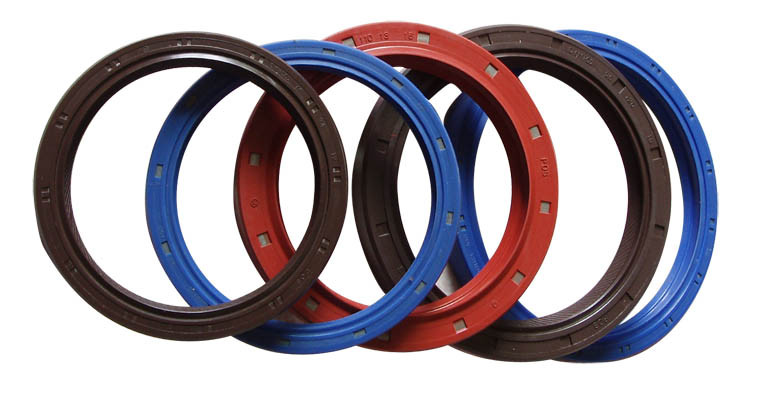
Piston pump crankcase In the use of splash oil lubrication, in the crankshaft and cross head connecting rod and box outside the connection between the installation of skeleton oil seal, to prevent oil leakage. The skeleton oil seal is composed of oil sealing body, strengthening skeleton and self-tightening helical spring. The inner diameter of the rubber lip of the oil seal body is smaller than the outer diameter of the shaft neck and the connecting rod, and the excess fit is used in the installation. Piston pump In the course of operation, often there will be oil leakage phenomenon, sometimes after the replacement of a short period of time there is oil leakage. This not only causes the pump to run the time oil consumption increase, at the same time the oil position drops will also cause the crankshaft bearing and the cross head cylinder lubrication condition to become worse, is prone to the crankshaft tile or the cross head pull cylinder accident.
Analysis of the causes of oil leakage in the skeleton of piston pump
1. Oil seal installation deflection caused by oil leakage
Oil seal installation requires the lip and shaft neck position full fit, oil seal installation deflection will cause oil seal lip and shaft neck or connecting rod is not vertical, in the reinforcement of the skeleton under the traction, the lip from the circle to oval, lip contact surface asymmetry caused by the partial grinding oil seal lip, gap increase caused by oil seal oil leakage.
2. Oil seal lip is too large or too small to cause oil leakage
2.1 Oil Seal quality is not qualified, if the oil seal lip through the General Assembly, after the installation of the lip and shaft neck between the gap, although it can be fixed by the self-tightening spiral spring on the shaft neck, but the lip skin will be pulled deformation, lip and shaft neck between the contact surface from the ring groove type to a single ring, contact surface becomes smaller The lubricating oil film cannot be formed between the lip and the axle neck, so the sealing effect becomes worse, resulting in the leakage of oily seal.
2.2 If the oil seal lip is too small, it will cause the axle neck or connecting rod and oil Seal lip caliber pressure is too large, so although it can enhance the sealing of the oil seal, but it is difficult to form an oil film on the contact surface between the oil seal and the axle neck ring groove type, lip rubber and shaft neck or connecting rod occurrence of dry grinding, a
2.3 Self-tightening spiral spring shedding causes oil leakage.
The self-tightening spiral spring is mounted on the outside of the oil sealing lip to act as a Fuzheng lip and adjust the radial pressure. After the piston pump operation, the temperature in the crankcase rises, because the lip rubber and the axle neck material is different, the deformation is also different after the heat rise, the gap between the oil seal lip and the axle neck increases, then the gap between the oil seal lip mouth and the axle neck needs The gap between the oil seal and the axle neck increases, resulting in the oil seal leaking oil in a short time after the start of the pump.
2.4 Self-tightening spiral spring too tight causes oil spill
If the self-tightening spiral spring is too tight, resulting in the lip caliber to the pressure is too large, so that the lubricating oil can not enter the lip and shaft neck contact surface and form a continuous oil film, will produce dry grinding, a short period of time lip wear serious, resulting in oil leakage.
3. Oil leakage due to low surface finish of axle neck or connecting rod
3.1 Because the axle neck or connecting rod surface has scratches or corrosion holes, in the course of operation will aggravate the wear of the oil seal lip, while the corrosion hole and the oil seal between the formation of a gap, resulting in oil leakage.
3.2 Oil leakage due to excessive radial beat of the axle neck or connecting rod
Oil seal rubber lip and shaft neck or connecting rod using excessive coordination, if the radial beat of the crankshaft is too large, in the process of high-speed rotation, the deformation of the oil seal lip can not be synchronized with the beat of the axle neck, it will cause a gap between the lip and the axle neck, and increase the deflection of the lip to cause leakage. Plunger connecting rod is reciprocating operation, oil seal is also round-trip wear, its wear degree more than the shaft neck part of the wear, leakage degree will be more serious.
4. Oil leakage caused by impurities contained in lubricating oil
The piston pump crankshaft and the connecting rod are fitted with a bearing, and the abrasive chips generated by the wear of the bearing will enter the gap between the oil seal lip and the axle neck with the lubricating oil, and with the rotation of the axle neck, the contact surface of the lip is scratched, which not only wears the oil seal lip rubber but also the axle neck, so that the oil
5. Cross Head pin copper sleeve wear caused by connecting rod oil seal oil leakage
The cross head is the main component of the crankshaft linkage mechanism, connecting the crankshaft and plunger rod. The Cross head pin sleeve is a copper material, which can avoid the wear of the cross head pin and the connecting rod. If the cross head pin wear, will cause the connecting rod in the reciprocating process to deviate from the axis, so that the oil seal lip and connecting rod between the formation of a gap, but also increase the wear on the oil seal, resulting in oil seal oil leakage.
Ii. measures to reduce the leakage of oil seals
1. According to the axle neck or connecting rod to choose the appropriate size of the oil seal, the replacement of oil seal should be checked before the outer diameter of the oil seal and oil seal is an overflow fit, check whether the oil seal lip wear and deformation, check whether the spring elasticity is appropriate, lip contact surface is too small.
2. Check whether the shaft neck and connecting rod have scratches and damage, if there is damage should replace the crankshaft or connecting rod.
3. Install the protective sleeve at the axle neck, avoid scratching the lip mouth, use special tools to install the oil seal in place, to ensure that the oil seal end surface vertical.
4. Check that the radial beat of the crankshaft cannot exceed 0.06mm, if more than the need to replace the crankshaft or connecting rod.
5. Pump operation 4,000 hours to replace lubricating oil, lubricating oil after three levels of filtration to use, while checking whether the cross head pin wear, if necessary to replace.
6. Change the design of the oil seal box, the use of two-stage oil seal in the middle of the installation of oil seal ring and oil return hole method, so that the first stage oil seal leakage oil can be returned to the crankcase through the oil return hole, effectively reduce the oil spill.
By taking the above measures, in the past two years, the problem of oil seal leakage of piston pump in oil production plant has been basically solved, which saves the production cost and also reduces the labor intensity of employees.
III. Conclusions and awareness
1. Strengthening the management and maintenance of equipment is an important measure to ensure the normal operation of equipment and reduce damage.
2. Selection of qualified accessories, maintenance process to ensure that all aspects of technical requirements, to reduce equipment damage can play a more effective role.
3. It is very important for prolonging the service life of piston pump to analyze the cause of oil leakage in piston pump oil seal and take effective measures.
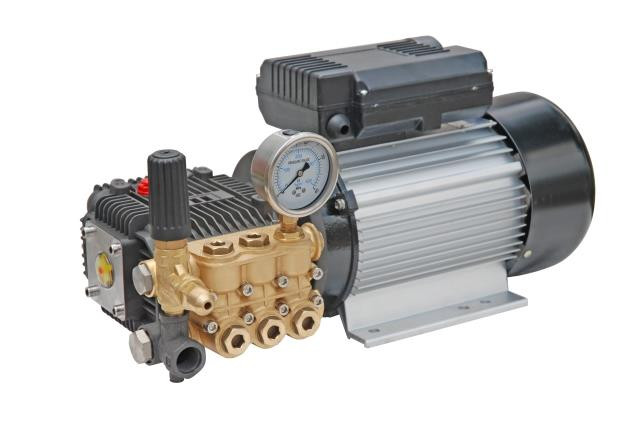


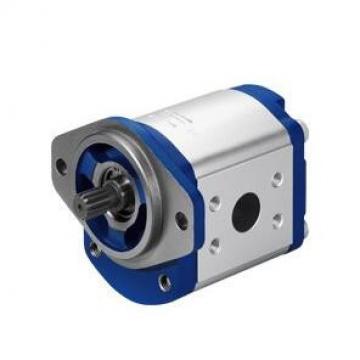 Parker Piston Pump 400481005068 PV180R1K4T1N2LZ+PVAC2PCM
Parker Piston Pump 400481005068 PV180R1K4T1N2LZ+PVAC2PCM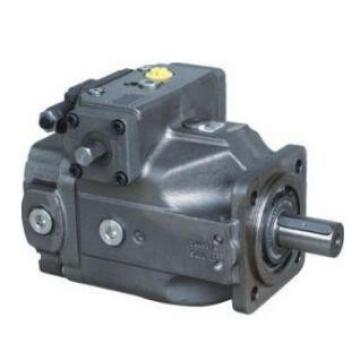 USA VICKERS Pump PVM131ML10GS02AAC28200000A0A
USA VICKERS Pump PVM131ML10GS02AAC28200000A0A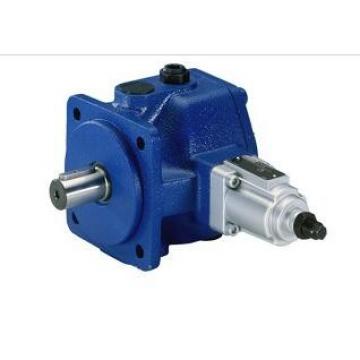 USA VICKERS Pump PVQ13-A2R-SE1S-20-CG-30-S2
USA VICKERS Pump PVQ13-A2R-SE1S-20-CG-30-S2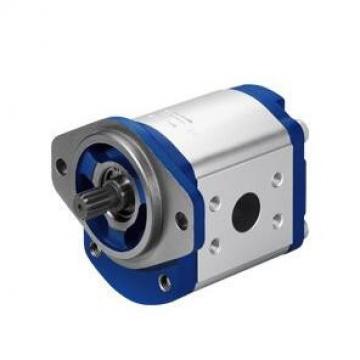 Japan Dakin original pump V38A4RX-95RC
Japan Dakin original pump V38A4RX-95RC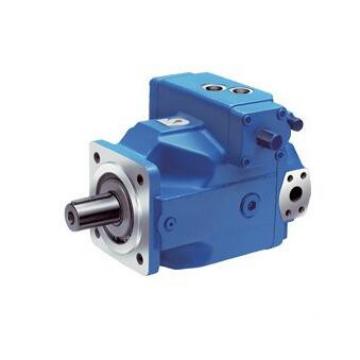 USA VICKERS Pump PVH131R13AF30B252000002001AB010A
USA VICKERS Pump PVH131R13AF30B252000002001AB010A